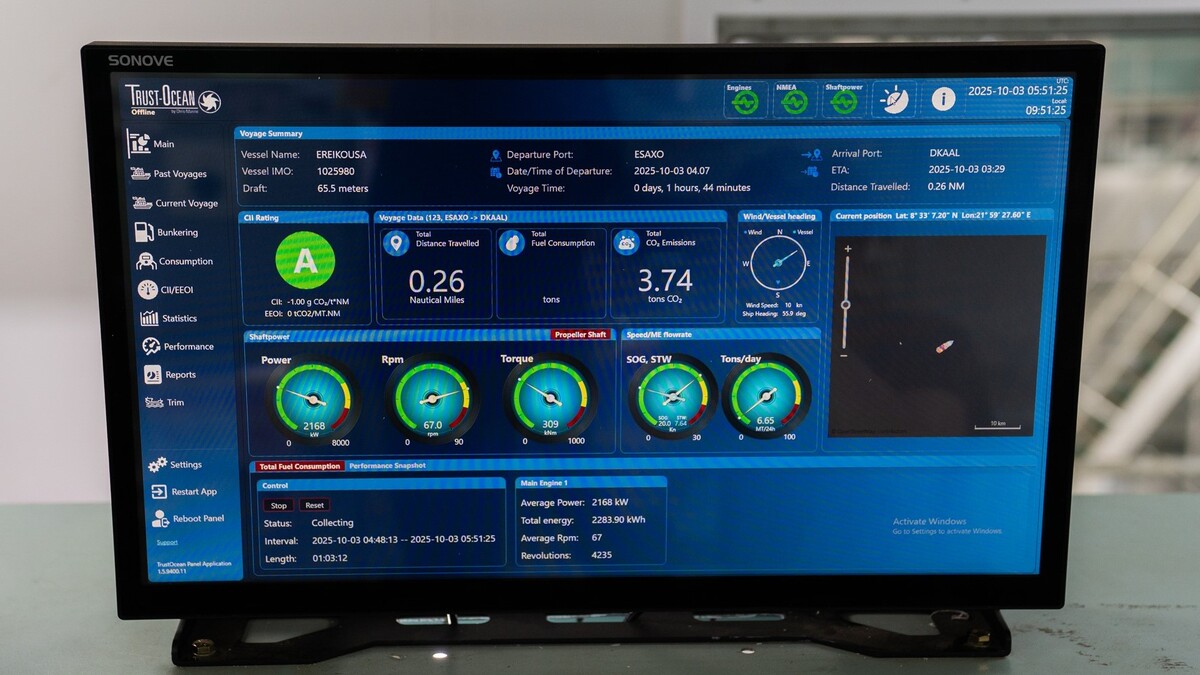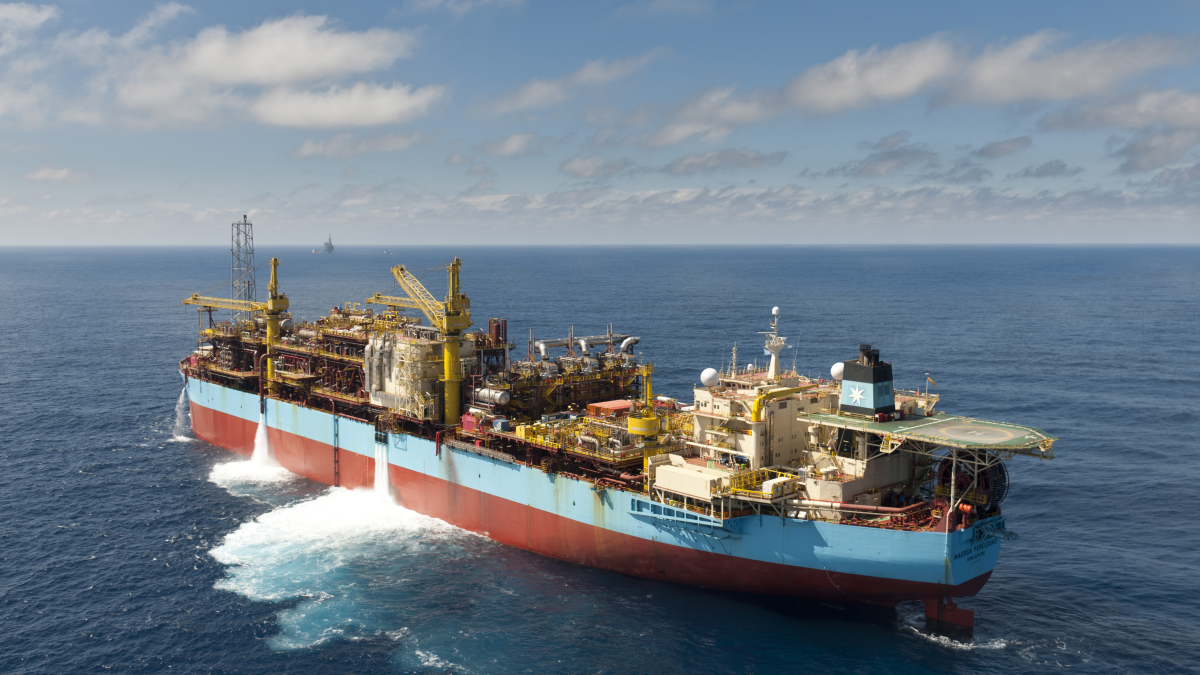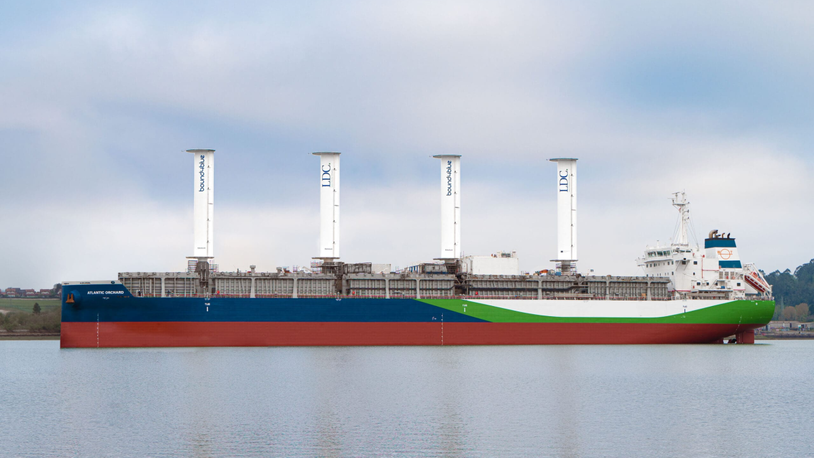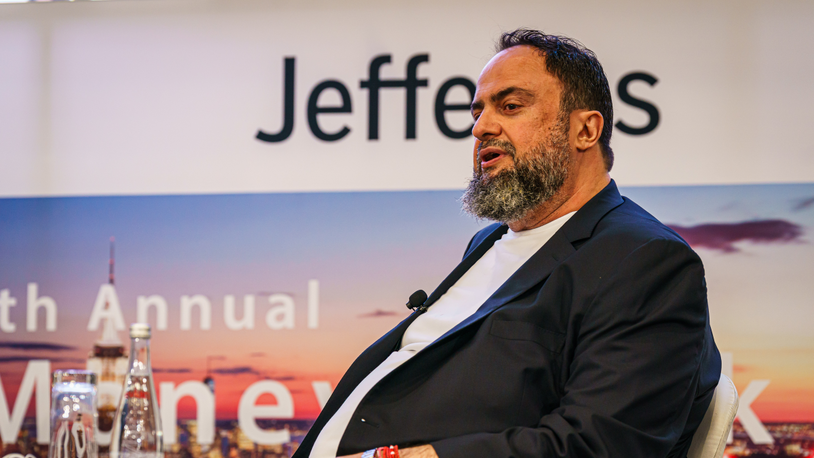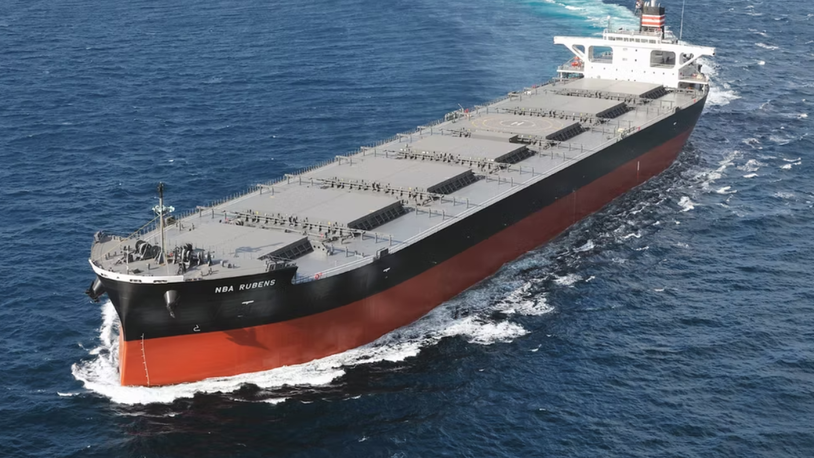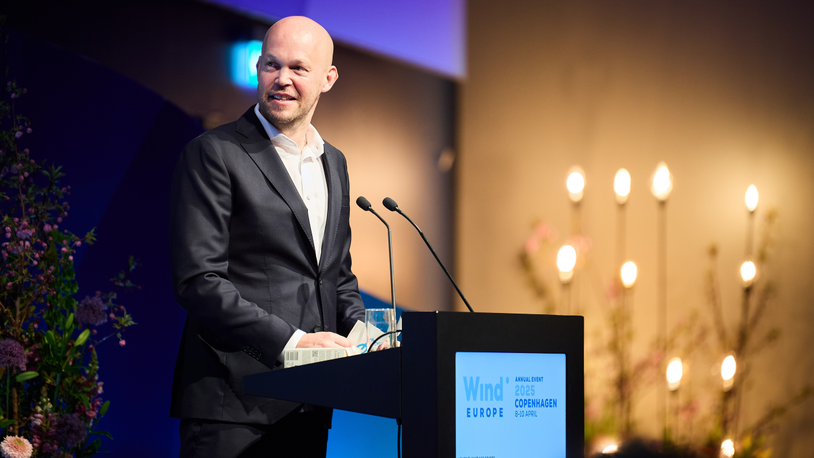Business Sectors
Events
Ship Recycling Webinar Week
Contents
Brazil’s FPSO appetite will drive 28% growth of OSV fleet
Installation and production from new, higher capacity ultra-deepwater FPSOs will generate significant demand for next-generation OSVs and push up day rates
The deployment of larger capacity floating production, storage and offloading (FPSO) units in Brazil is forecast to drive an estimated 28% expansion of the OSV fleet by 2030, according to a leading shipbroker. These advanced units will be installed further offshore in ultra-deep water, pre-salt basins generating the need for new high-endurance, high-spec offshore vessels in Brazil.
Arctic Offshore director, Nicolas Garschagen, said most of these new FPSOs will be installed in the Campos and Santos Basins, Brazil’s main offshore production hubs. These larger FPSOs will have on average 25% more daily oil production capacity than current units, increasing current average levels from 130,000 bbl to 163,000 bbl per day by 2030.
At present, there are 19 FPSOs in the Campos Basin and 28 units in the Santos Basin. Mr Garschagen said the installation of new FPSOs further offshore in deeper water will create the need for a new generation of platform supply vessels, ROV supply vessels and anchor handlers. “The majority of the new FPSOs will be one day or a day and a half sailing from shore. So, you will need bigger, higher endurance vessels to accommodate the needs of these FPSOs,” he said.
Given the ultra-deep water operating environment, which ranges from 1,800 to 2,300 m, and the long supply distances of between 50 to 150 nautical miles, these new OSVs will be either DP2- and DP3-class vessels with subsea capabilities.
The Buzios and Mero fields in the Santos Basin hold the highest FPSO density. Five FPSOs are in operation in the Buzios field and another six new units (P78, P79, P80, P82, P83 and Buzios 12) will be commissioned, making it one of the world’s largest ultra-deep water production clusters.
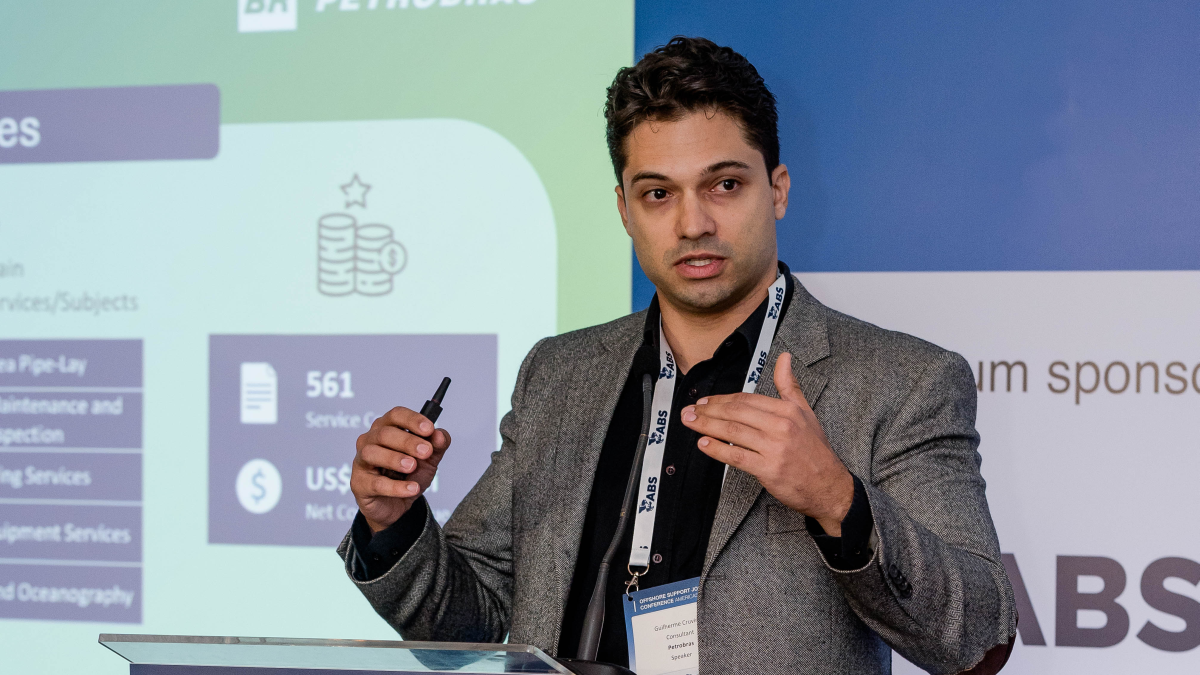
FPSO projects from Petrobras, Karoon and Brava Energia have created “a very solid pipeline for the future,” said Mr Garschagen.
To date, 11 new FPSOs have been contracted, three others are tendering, and seven others are under evaluation. Expectations are that Petrobras alone wants to add 15 units by 2030.
The installation and production phases of an FPSO generate OSV demand. Petrobras has been outsourcing the installation of FPSOs to SURF contractors like Subsea7, TechnipFMC and Allseas, which charter vessels to support the work.
One example cited by Mr Garschagen is the Mero 1 unit, which was installed by TechnipFMC over a three-year period. The installation for Mero 2 took about a year and a half and expectations are the recently arrived Buzios 6 will take about two years to finalise the project.
“Large PSV premiums are well-above global benchmarks”
Speaking to delegates at Offshore Support Journal Conference, Americas 2025 in Brazil, Mr Garschagen illustrated the type of vessel demand which could be created by a typical FPSO installation. Once FPSOs are towed to the location by oceangoing tugs, “you usually have four to five AHTSs doing the station keeping, plus AHTs doing the hookup of the mooring lines and one or two PSVs supporting the operation,” he explained. “Then comes the mooring line hookups and riser hookups.” He estimated seven to 11 OSVs would be needed in a spread, depending on a SURF company’s strategy.
Once commissioned, new FPSOs can produce about 225,000 bbl of oil per day and store about 1M bbl of oil. This will require offloading operations every four to five days, noted Mr Garschagen. A dedicated anchor handler will be required during this period, and potentially four OSVs overall in the production phase.
Arctic Offshore estimates that the pipeline of new FPSOs will drive a 28% incremental OSV demand by 2030. Projections show the PSV fleet growing from 137 to 169, AHTS fleet from 64 to 87 and RSV fleet from 46 to 57 over the next five years.
Another key takeaway Mr Garschagen highlighted is a strong correlation between PSV day rates and FPSO installation. Average PSV term rates linked to FPSO installation are about US$40,000 per day, more than 69% higher than 2008. Large PSV premiums are well above global benchmarks.
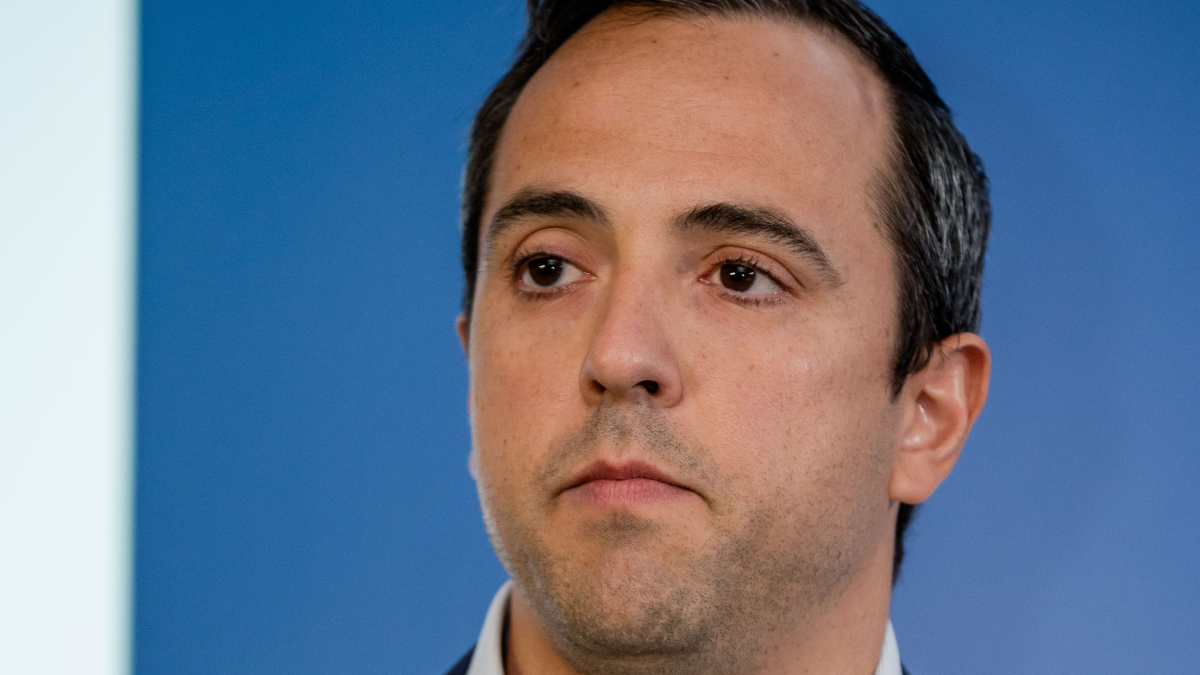
Decommissioning FPSOs
But Petrobras consultant, Guilherme Cruvinel, cautioned that several units in the Campos Basin will be decommissioned, too, as older units are retired for fewer and more efficient units. “There [are] a lot of FPSOs, but there are a lot of FPSOs going out. This is important to keep in mind,” he said.
Petrobras plans to decommission 10 FPSOs and some 68 platforms by 2029.
One of the assets in the Campos Basin that will be switching hands is the Peregrino field. Equinor has agreed to sell its 60% operating interest in the Peregrino field, which includes the Peregrino FPSO, to its consortium partner, PRIO. The US$3.4Bn agreement, signed 1 May 2025, is expected to close by July 2026, pending regulatory approvals.
There are 463 OSVs operating in the Brazilian offshore oil and gas market; about 84% fly the Brazilian flag with the remainder composed of various international flags, according to Mr Garschagen.
To meet requirements over the next five years for flexible and rigid pipeline installation and umbilical work, Petrobras has issued a request for information for a pipelay vessel.
“We are looking to have more flexibility in our fleet,” said Mr Cruvinel. Additionally, Petrobras has plans to grow its subsea fleet, from around 72 vessels this year to 96 by 2026, according to Mr Cruvinel.
Forecasts suggest that production from existing fields will decline in the middle of the next decade. “We need new frontiers,” Mr Cruvinel said, to replenish the country’s oil reserves and ensure its energy security.
One of those new frontiers is the Equatorial Margin. Mr Garschagen said the region could potentially produce 1M bbl oil per day “which, by the current FPSO designs, would entail around five to six new FPSOs”.
Related to this Story
Events
Ship Recycling Webinar Week
International Bulk Shipping Conference 2025
Tankers 2030 Conference
Maritime Navigation Innovation Webinar Week
© 2024 Riviera Maritime Media Ltd.

